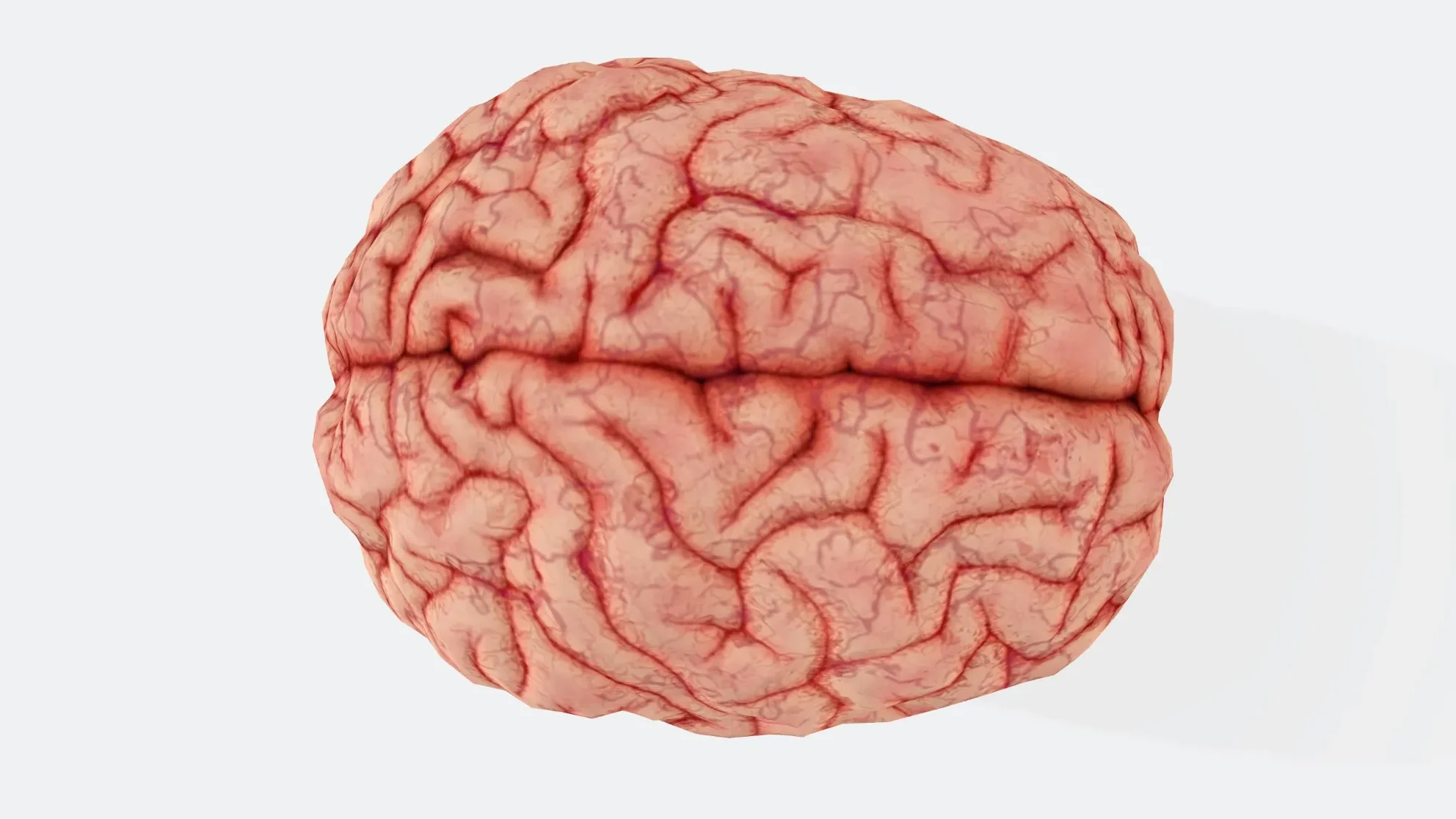What if I told you that even a simple task like picking up a tool involves intricate brain activity? The human brain, a marvel of biological engineering, orchestrates an intricate ballet of neural activity even for seemingly mundane tasks.
Our journey begins with the tale of Jack, a construction worker whose daily routine atop a skyscraper offers a compelling lens through which to explore the brain’s cognitive and motor functions. Perched on the steel framework of a skyscraper under construction, Jack operates in a high-risk environment where precision and coordination are paramount. The simple act of reaching for a tool is, in reality, a complex interplay of neural processes involving multiple brain regions. This series of events showcases the brain’s remarkable ability to integrate sensory input, plan and execute movement, and maintain balance. When Jack reaches for a tool, a fascinating symphony of brain processes unfolds across the whole brain:
- Visual Processing: the retina captures visual information, relayed to the visual cortex via the thalamus. Here, the brain identifies the object and its spatial orientation.
- Movement Planning: the visual cortex sends signals to the premotor cortex, which plans the sequence of actions needed to grasp the tool. This initiates a loop of planning, execution, feedback, and adaptation.
- Motor Commands: the motor cortex activates, sending signals down the spinal cord to the muscles required for the task.
- Coordination: the cerebellum, often called the “little brain,” fine-tunes the signals from the motor cortex, ensuring smooth and accurate execution. It also helps maintain balance—a crucial, life-saving function at such heights.

On a cellular level, neurons orchestrate this complex dance. Neurons in the visual cortex respond to specific features of the tool, while those in the premotor cortex encode the planned actions. As commands travel through the motor cortex, neurons fire in precise patterns, activating the muscles with split-second timing. The firing of these neurons is intricately regulated by the interplay of ion channels, neurotransmitters and other substances.
This fascinating interplay of brain regions and neuronal firing patterns highlights the remarkable complexity and efficiency of the human brain, even in the seemingly mundane task of grabbing a tool. It’s a testament to the marvels of neuroscience and the wonders of how our brains enable us to navigate the world around us. However, this symphony can quickly turn into a cacophony if the fine-tuned balance between different brain areas or even between different neurons is disturbed.
This blog is part of a larger series written by Sightic’s own Dr. Robert Becker, PhD in Medical Neuroscience, where we explore the remarkable capabilities of the human brain and the impact of various substances on its functions.
